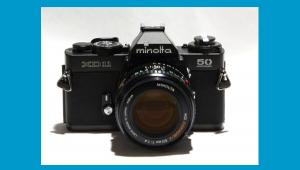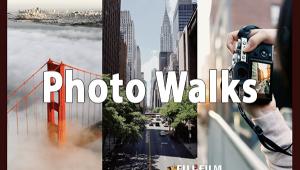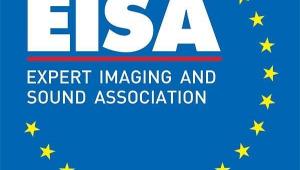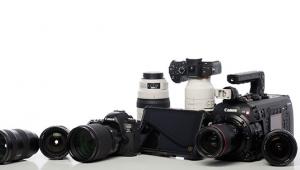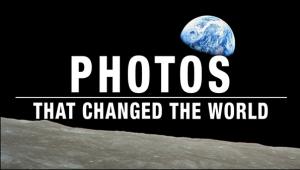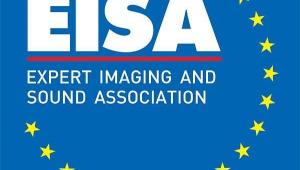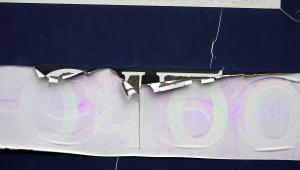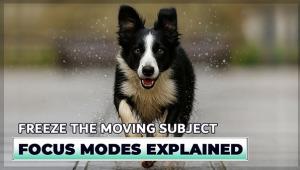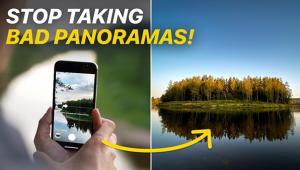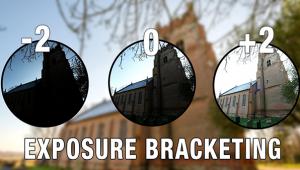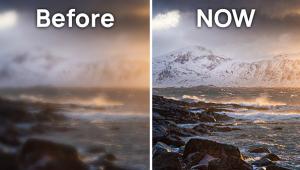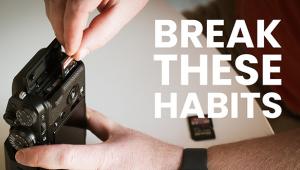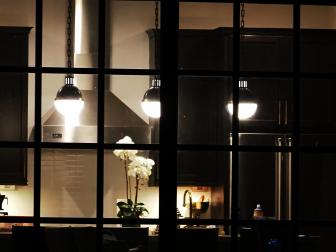Voigtlnder’s VSL 43; A New Entry-Level Film SLR
Is there still a demand for an entry-level film SLR camera? The folks at Voigtländer seem to think so, evidenced by their new VSL 43. It is very much an entry-level SLR, with a manually set (but completely battery-dependent) shutter from 1/2 sec to 1/2000 sec, flash sync at 1/60 sec, manual focusing, manual diaphragm, and manual film advance. There is a through-lens meter (with manually set ISO speeds from 25-1600--no DX coding) though the one concession to automation is optional Aperture-Priority autoexposure: a green "A" on the dial beside the white shutter speeds, alongside a red "Lock" or off switch. For someone who wants to take control themselves, the VSL 43 is hard to beat: all the controls are there, and you are responsible for setting every single one of them.
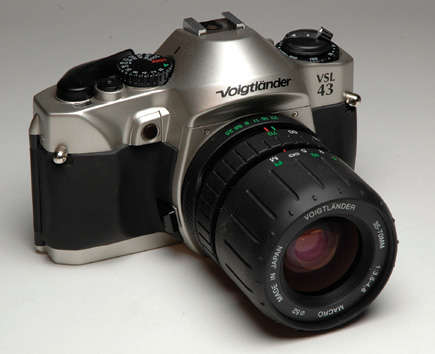 |
|
|
Better still, it is an extraordinary bargain. At $225, complete with a 35-70mm f/3.5-4.8 zoom lens, the whole made in Japan, not China, it costs only about 50 percent more than a single lens shade for the new Zeiss Ikon rangefinder system.
Shutter Speeds And Settings
It's a handsome little beast, in the modern rounded style, and sits very comfortably in the hand. A shutter speed scale appears on the left of the image area in the viewfinder.
Intriguingly, this reads from 1/3000 sec (in contradistinction to the 1/2000 sec minimum speed on the dial) to 1/2 sec and then "1-8" + B, so the auto range is significantly greater than the manual range. The absence of a manual 1 second and the sync speed of 1/60 sec, low for a modern camera, show where some of the money has been saved. But better to save money honestly than to claim fancy features and specifications that cannot be met.
The vertical-travel shutter goes off with a fair old clatter, reminiscent of the original Copals as fitted to the original Nikkorex; but do not be deceived, as we still own Nikkorexes with astonishingly accurate shutters, and they are getting on for half a century old. The wind-on is remarkably smooth for such an economically-priced camera. There is a stand-off of about 20-30Þ, then an operative action of about 140Þ. The wind-on cannot be "inched" but must be pushed to the end of its travel: another honest cost saving.
 |
|
|
Metering Options (Manual, That Is)
Manual metering is simple. Half-pressure on the shutter release activates the meter: a small red square appears next to the shutter speed that has been set. If this differs from the shutter speed recommended by the meter, another red square appears next to this, but flashing instead of constant. Make the two match, and you have set the metered exposure. The travel of the shutter-release button is long enough that unwanted exposures, made while metering, are unlikely. The meter works only if the film is wound on and the shutter cocked. The meter gives good exposures with "average" subjects on transparency film.
In "Auto" mode, one steady red square stays lit next to the "A" symbol, while another steady red square is lit beside the shutter speed chosen by the camera. There is no exposure compensation provision, and there seems to be no autoexposure lock. So? If you know better than the camera, switch to manual. That is what this camera is about: taking control. If you don't know enough to do that, don't do it.
K-Mount Lenses
Most of the body appears to be polycarbonate, but the lens mount appears to be real metal, and this leads us to yet another plus: the fitting is the much-loved Pentax K-mount. Not only does this give access to countless used K-mount lenses, often at very modest prices, via adapters, it also allows the use of the M42 mount (also known as Pentax screw, 42x1mm), and these lenses are available in wild profusion at often giveaway prices.
Admittedly you lose diaphragm automation with M42 lenses, but even so, you can use such gems as our 135mm f/1.8 Porst, an amazing portrait lens at full aperture, or our surprisingly sharp old 135mm f/3.5 Takumar, which is a preset lens anyway and doesn't have an auto-diaphragm. Pay more than $45 for the former and $30 for the latter and you've been had; as far as we recall, ours cost us $30 and $15 respectively. Adapters cost around $20: you only need one, as it can be used with any M42 lens you find.
 |
|
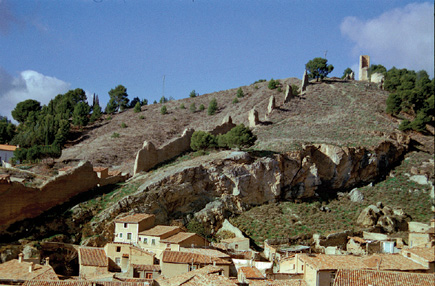 |
|
|
- Log in or register to post comments


